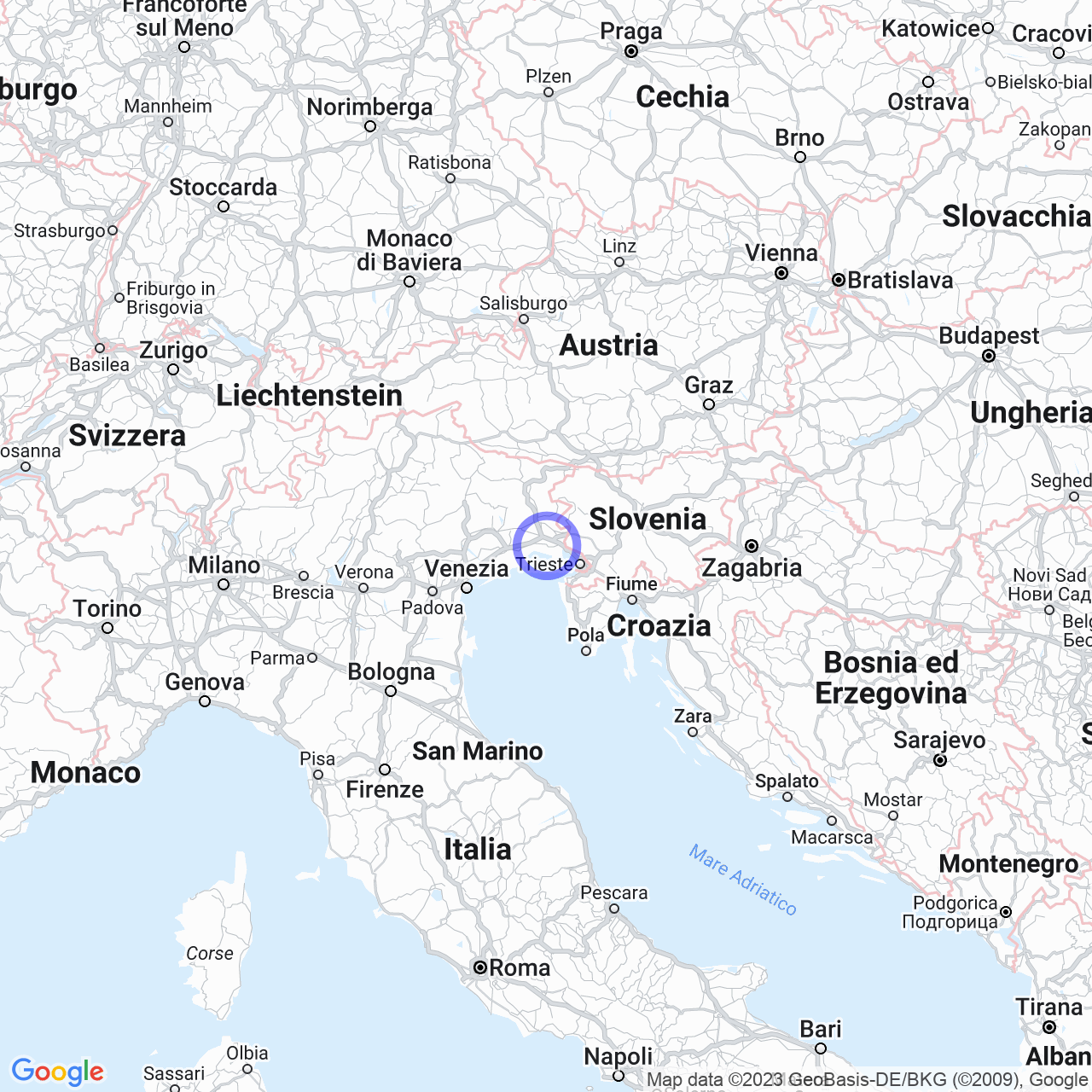Cervignano del Friuli
C. After the fall of the Western Roman Empire, the territory of Cervignano came under the control of the Lombards and later the Franks. In the Middle Ages, Cervignano was part of the Patriarchate of Aquileia and later of the Duchy of Mantua. In 1420, with the signing of the Peace of Ferrara, the Lower Friulian region and Cervignano came under the dominion of the Republic of Venice. During the Venetian era, the city became an important commercial center thanks to the presence of the Port of Aquileia, which allowed the transport of goods along the Ausa River to the Adriatic coast. In 1797, the Cispadane Republic was established, and subsequently, the city was taken over by the French, who changed it into an autonomous municipality.
The 20th century
During World War I, Cervignano was at the center of numerous conflicts between Italian and Austro-Hungarian troops. In March 1918, the city was occupied by the Austrians, but was recaptured by Italian troops in November of the same year. In the post-war period, the city experienced intense economic activity thanks to the development of industry and the arrival of the first foreign entrepreneurs, especially Yugoslavs. In 1950, Cervignano was promoted to district headquarters, becoming one of the most important economic and cultural centers of the Lower Friulian region.
Economy
Today, the economy of Cervignano is mainly based on agriculture, crafts, and industry. The territory is particularly suited to the cultivation of grapes, olives, and cereals. Among the typical products of the area are Friulian wine, Taggiasca olives, and Marano corn. Local crafts are characterized by the processing of wood, iron, and ceramics. There are also numerous companies producing furniture, clothing, and industrial machinery.

The arrival of foreigners
In the 1970s and 1980s, Cervignano was one of the first centers to attract a large number of immigrants from Yugoslavia, especially from Slovenia and Croatia. The first wave of migrants was mainly composed of agricultural workers who worked on the farms of Friuli-Venezia Giulia. In the following years, however, many of them moved to the cities, creating a strong Yugoslav community in Cervignano and the surrounding villages. Currently, the city has one of the highest percentages of foreign residents in Italy.
Industry
Among the most important companies present in the area are Laminazione Sottile, which produces rolled steel, and KME Italy, which produces copper pipes for the hydraulic and heating industries. There are also numerous small and medium-sized companies active in the electronics, mechanics, and clothing sectors.
Culture
Cervignano is characterized by a strong bond with Friulian culture. The city boasts numerous cultural and folklore associations that promote traditional music, dance, and cuisine from Friuli. Among the most important events are the Sagra del Mais, held every summer to celebrate the area's flagship product, and the Fiera di San Zenone, held every year on April 13 in honor of the city's patron saint. Cervignano is also famous for its civic library, which has more than 30,000 volumes, and for its municipal theater, which hosts theatrical performances, concerts, and cultural events.
Tourism
Cervignano is a very interesting city from a tourist point of view. In addition to the beauty of the historic center, which still retains numerous buildings from the Venetian rule, the city is famous for the presence of the river port of Aquileia, which offers the opportunity to go on cruises along the Ausa River to the lagoon of Grado. In the vicinity of Cervignano are also numerous places of interest, such as the city of Aquileia, which preserves important Roman period testimonies, and the enchanting beaches of Grado and Lignano Sabbiadoro.
Conclusions
In summary, Cervignano del Friuli is a unique city that combines the beauty of the landscape and cultural richness with a strong focus on progress and innovation. Able to adapt to the rapid changes of the contemporary world, the city is an ideal destination for all those who want to discover the beauty and authenticity of Friuli-Venezia Giulia.
